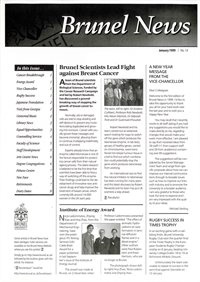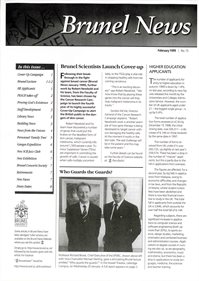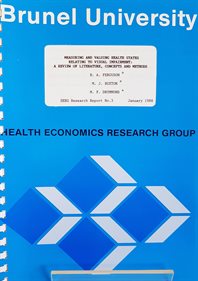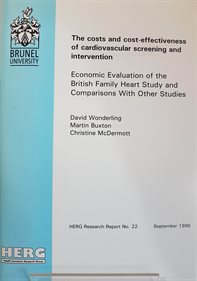



There are many elements that contribute to the health of individuals and the health of the nation from life-saving treatments of disease to making judgements on where to spend public money most effectively.
At Brunel, we have for a number of years been involved in ground-breaking cancer research. Initially this research was conducted by Professor Trevor Slater and then Professor Rob Newbold and the Brunel Institute of Cancer Genetics and Pharmacogenomics (BICGP) which opened in 2000.
One of the aims of the Institute was to identify and characterise new genes and molecular pathways involved in human cancer, which then can be targeted with therapeutic therapies. The Institute identified at least six major human cancers enabling the development of cancer fighting drugs and further understanding of the causes of breast and prostate cancer and in malignant melanoma. Working closely with the pharmaceutical industry and small biotech companies, and supported by Cancer Research UK and other cancer charities, the Institute has translated information about cancer to enable new therapies and diagnostics.
Alongside this, Dr Sonia Jones worked with the US National Foundation for Cancer in 1993 to develop a new test for the early detection of cervical cancer, known as PAP test. Brunel researchers in collaboration with colleagues at UCL created a simple test for children which could identify a protein marker, which when absent, meant the cancer neuroblastoma would almost certainly occur, enabling further chemotherapy treatment without delay.
Cancer research is now part of the Centre for Inflammation Research and Translation Medicine (CIRTM).
In comparison, the Health Economic Research Group (HERG) has provided research on policy both nationally and internationally on a range of subjects from tobacco control to child vaccination, often changing government policy and/or processes.
For example, one piece of research looked at abdominal aortic aneurysms, a disease that kills nearly 7,000 men each year, which led to the introduction of a screening programme for men over the age of 65. Thousands have been offered the screening in the UK, and guideline across Europe and North America have been altered, halving the number of deaths.
HERG has also looked at financial aspects relating to public health. In 2014, they demonstrated that for every pound the UK invests in cancer research, 40 pence is earned in benefit every day, thereafter. These findings were presented to an All-Party Parliamentary Group for Medical Research – the first of its kind to link economic gains with publicly-funded cancer research.
Items on display: Brunel Scientists Lead Fight against Breast Cancer, Brunel News No 14, January 1999 and Brunel Scientists Launch Cover-Up, Brunel News No 15, February 1999.
Measuring and Valuing Health States Relating to Visual Impairment: A Review of Literature, Concepts and Methods, HERG Research Report No 3; The Costs and Cost-Effectiveness of Cardiovascular Screening and Intervention, HERG Research Report No 22